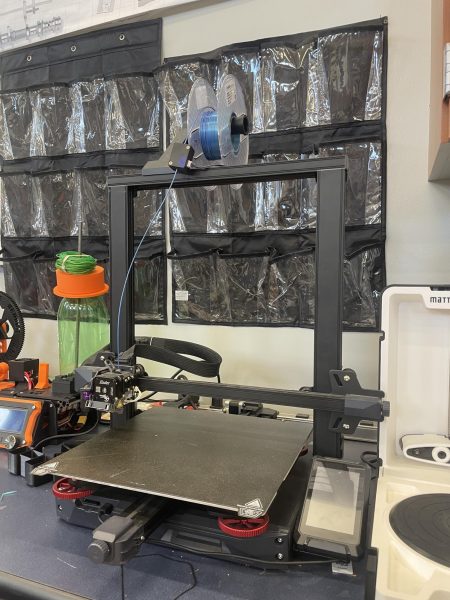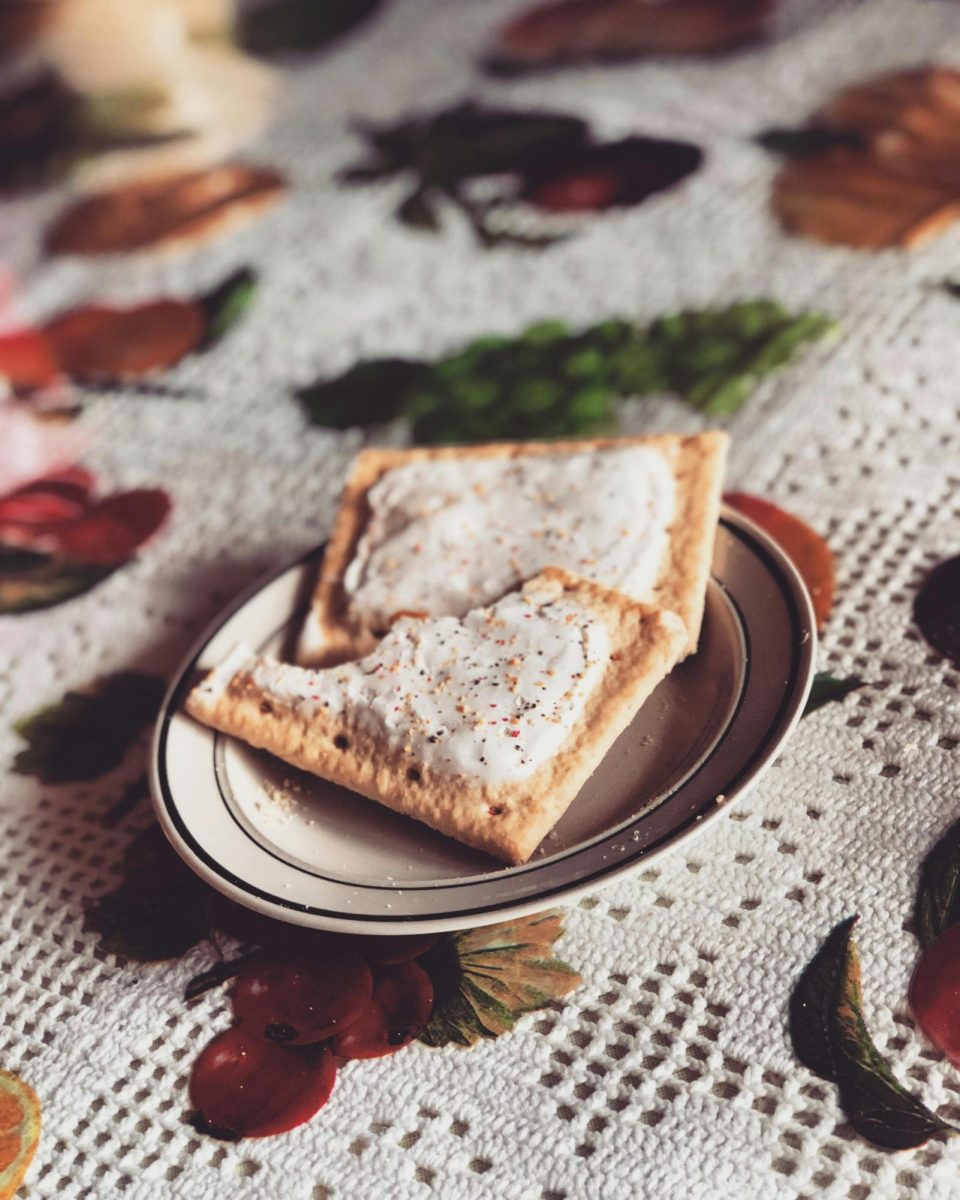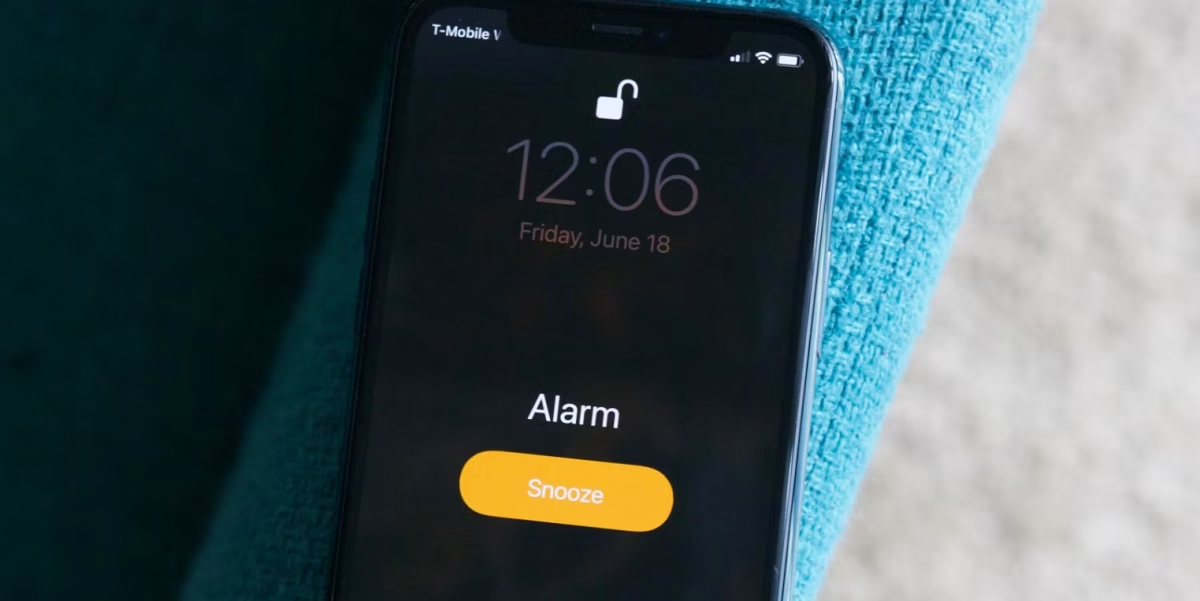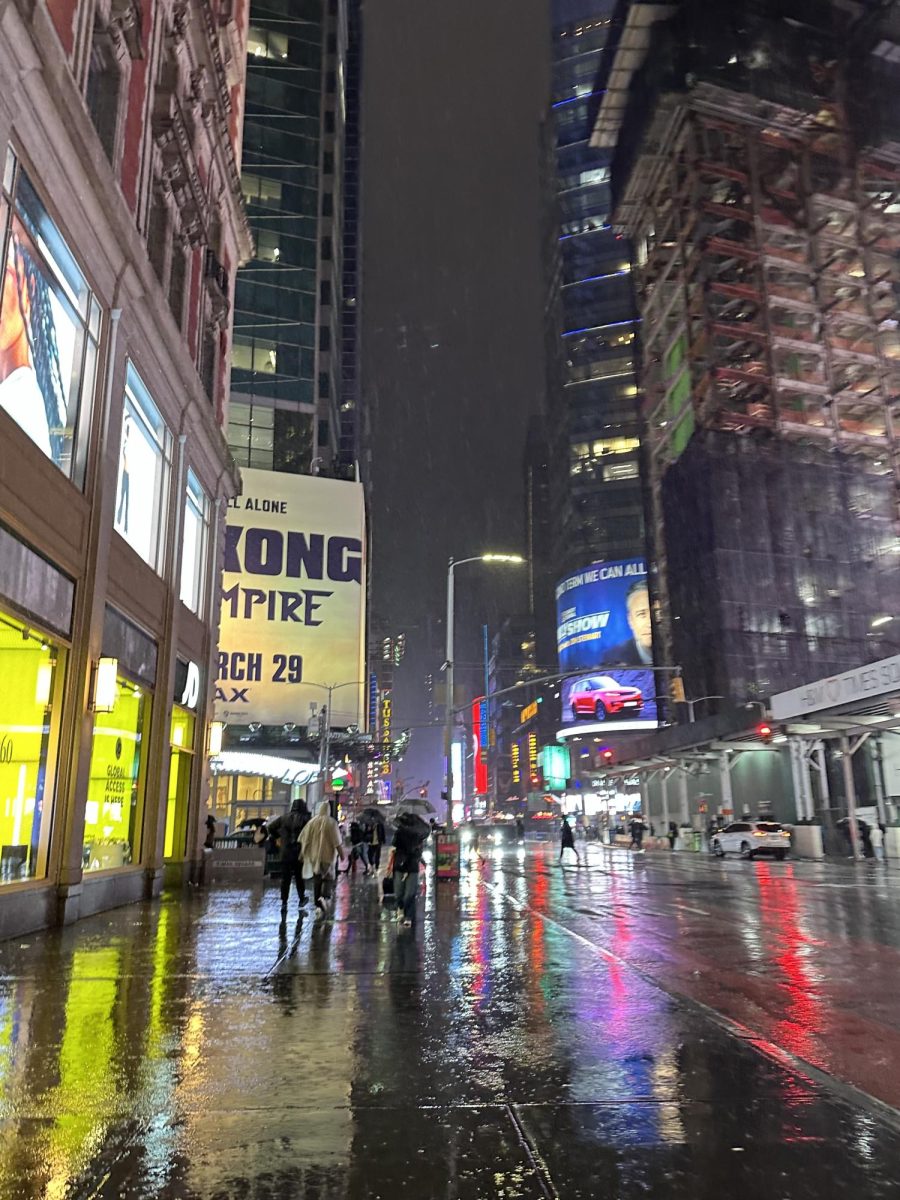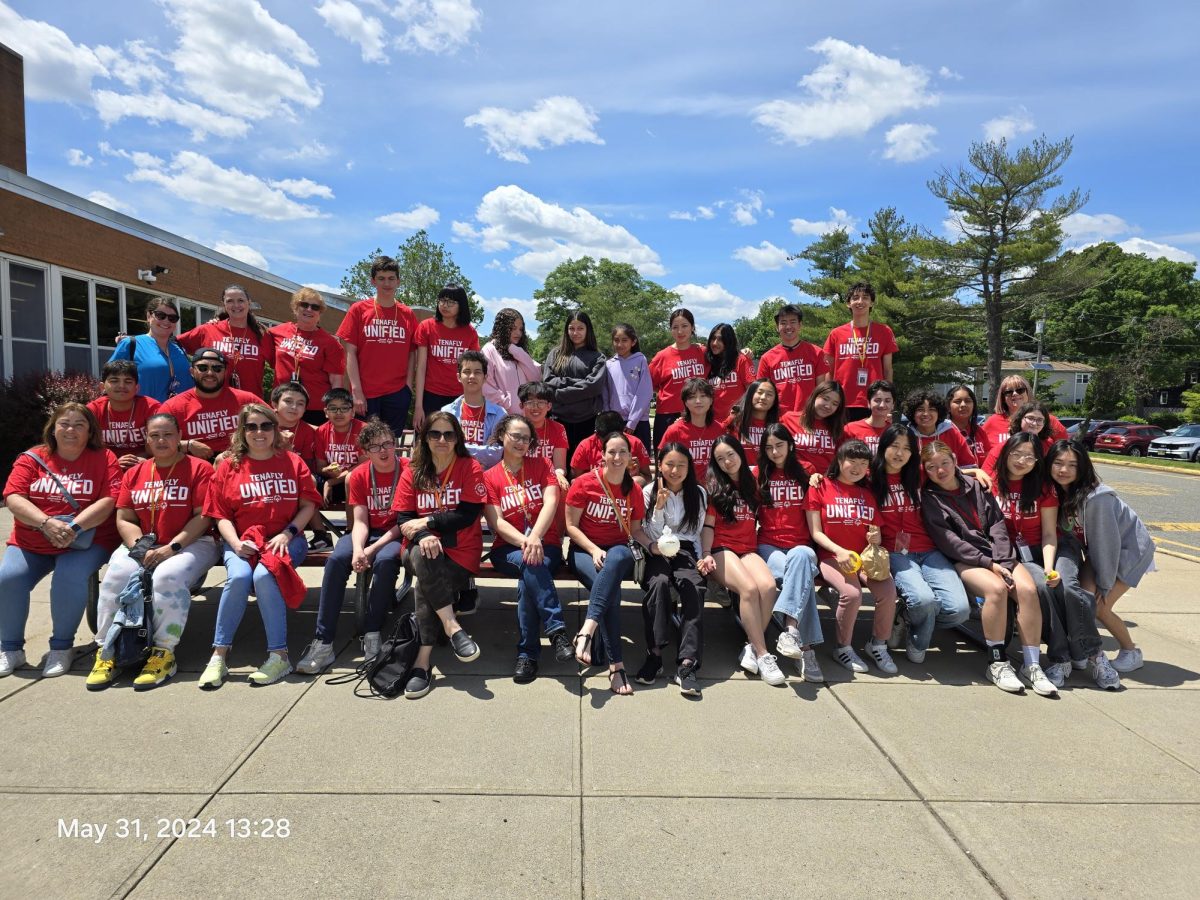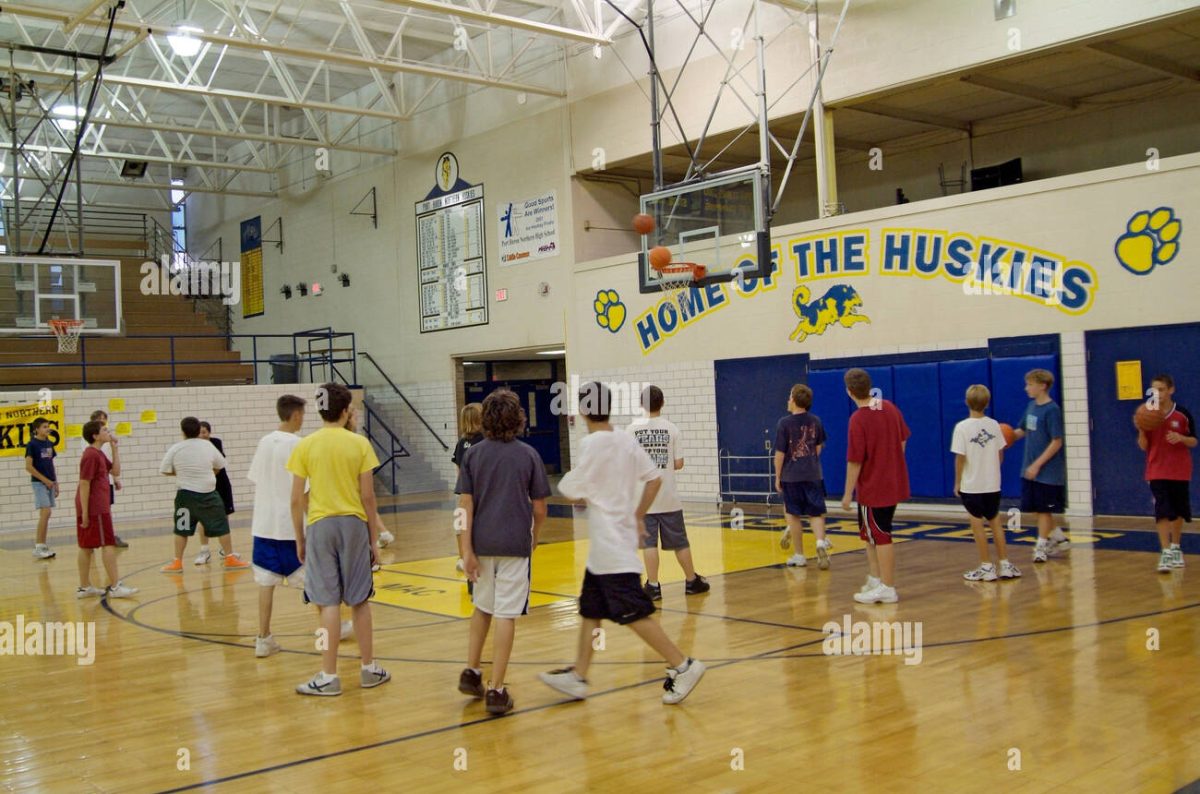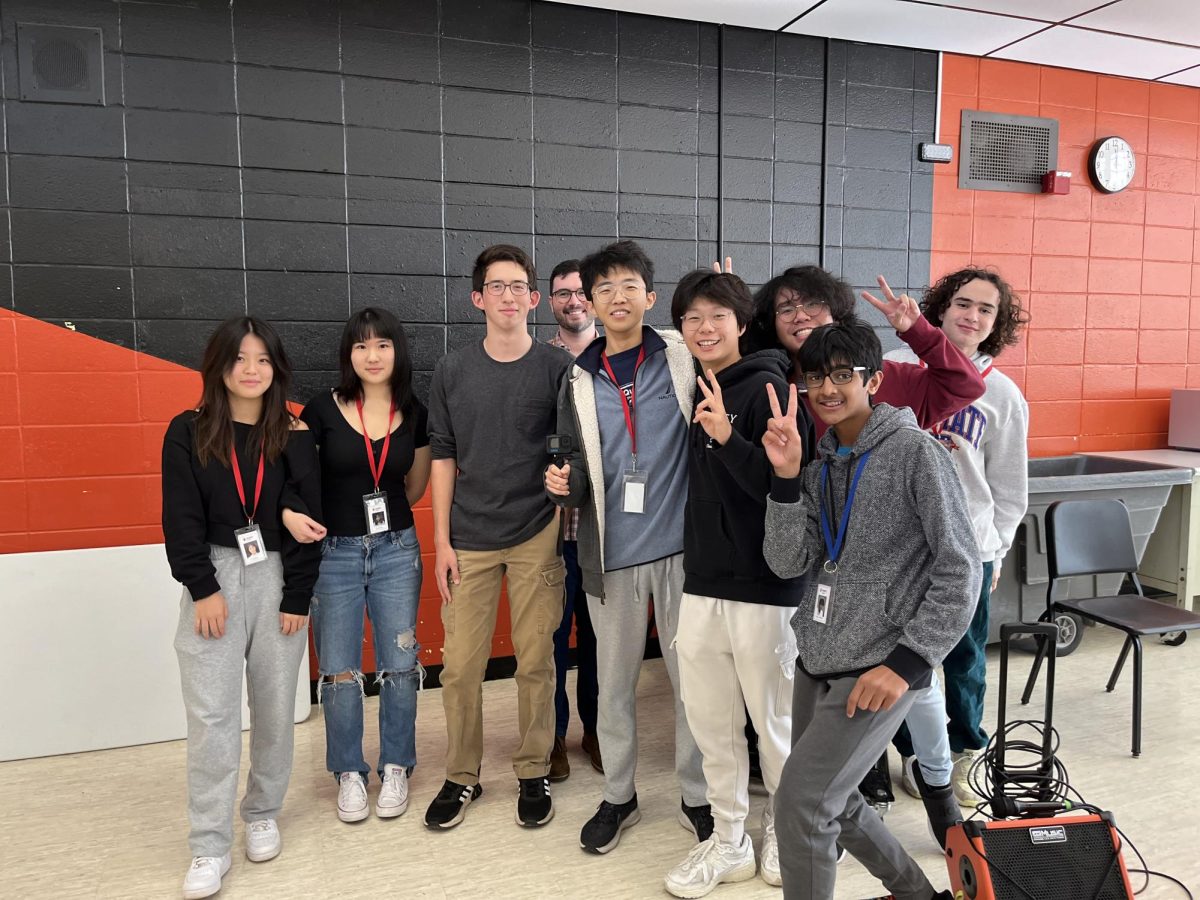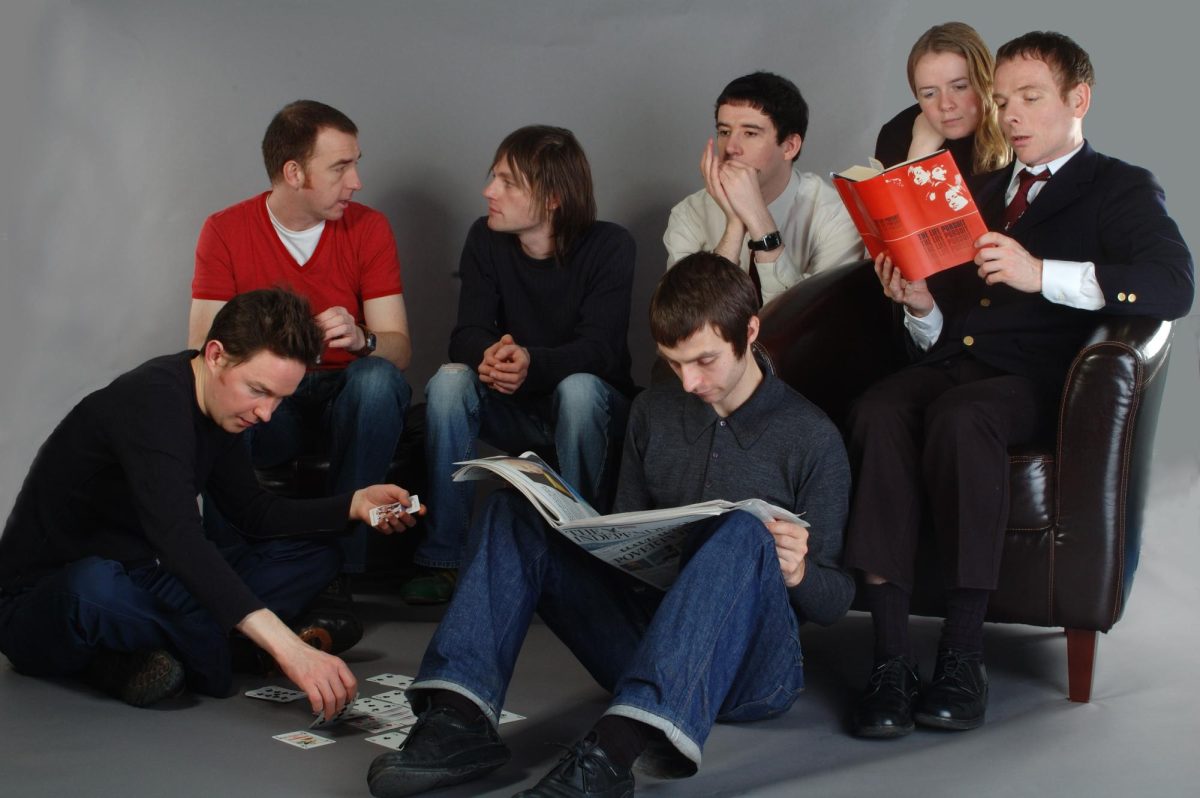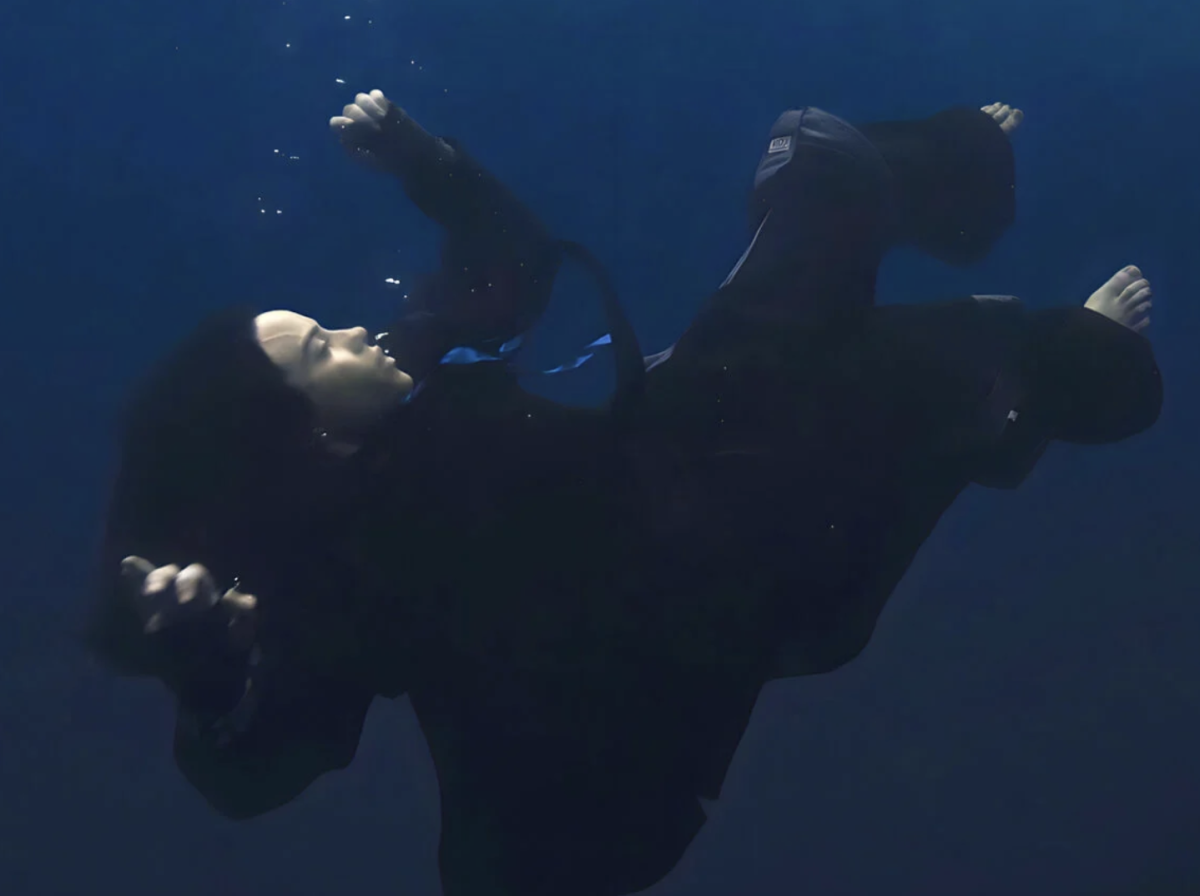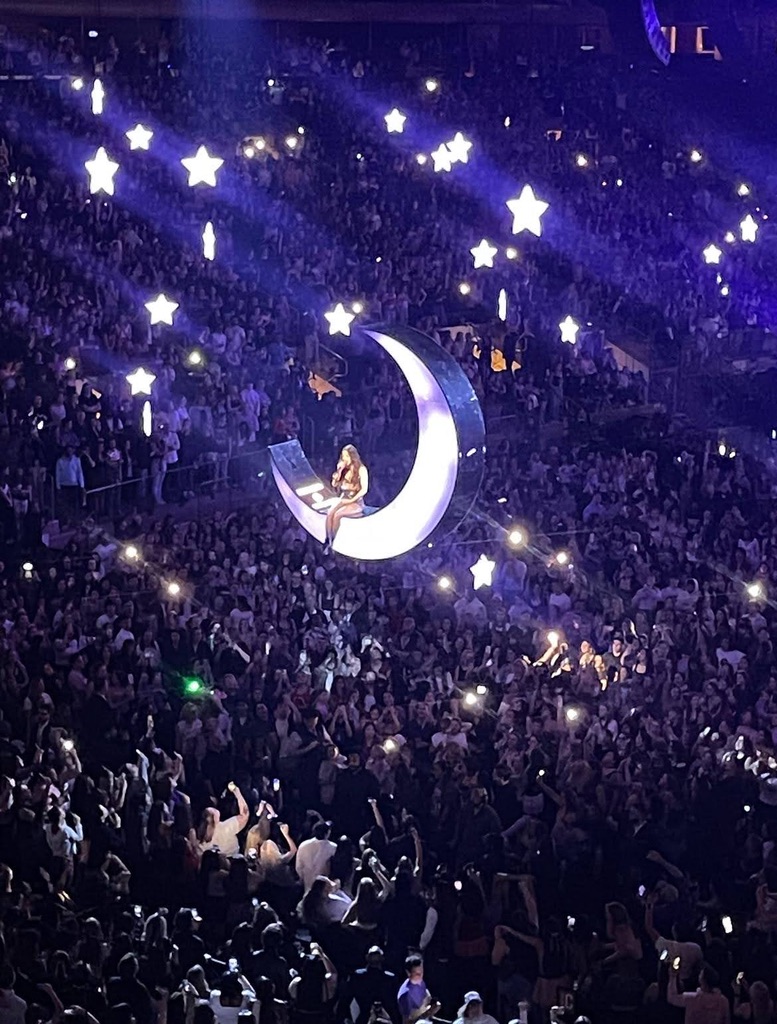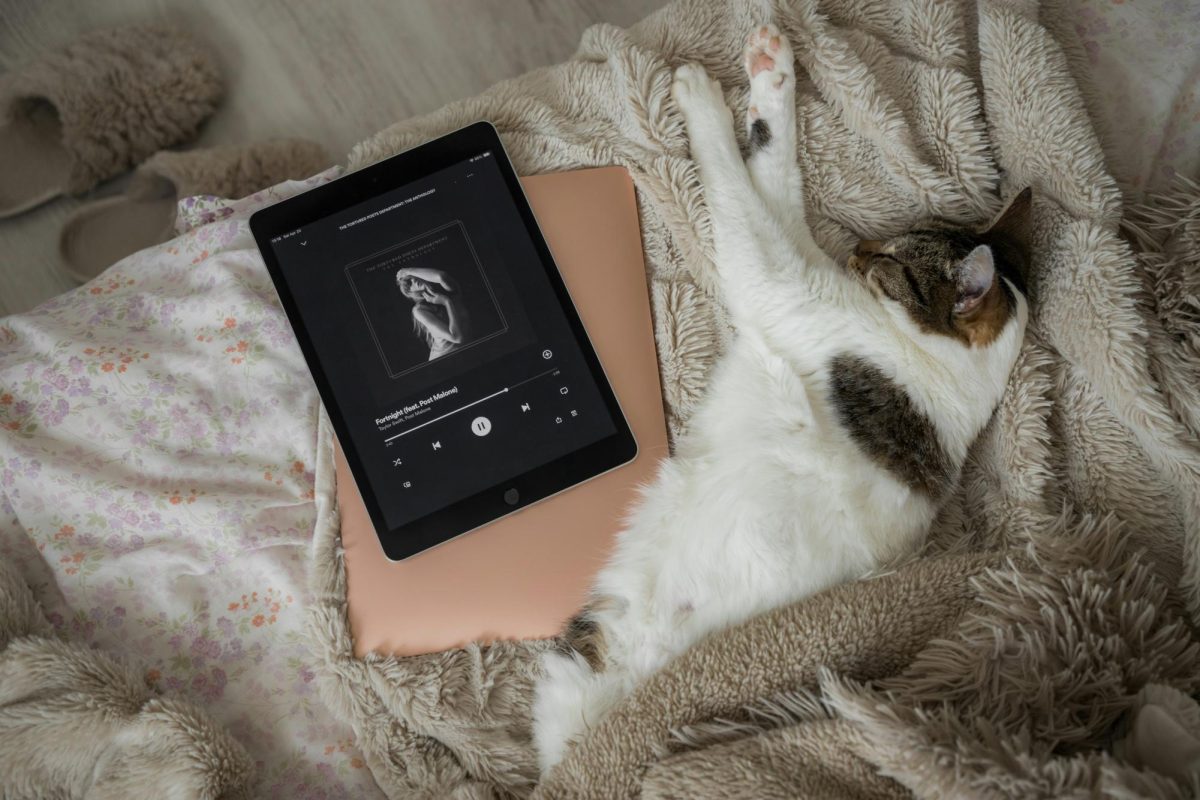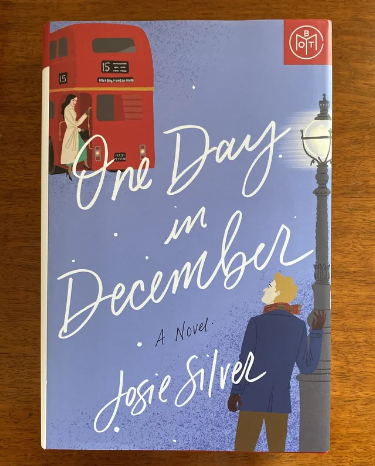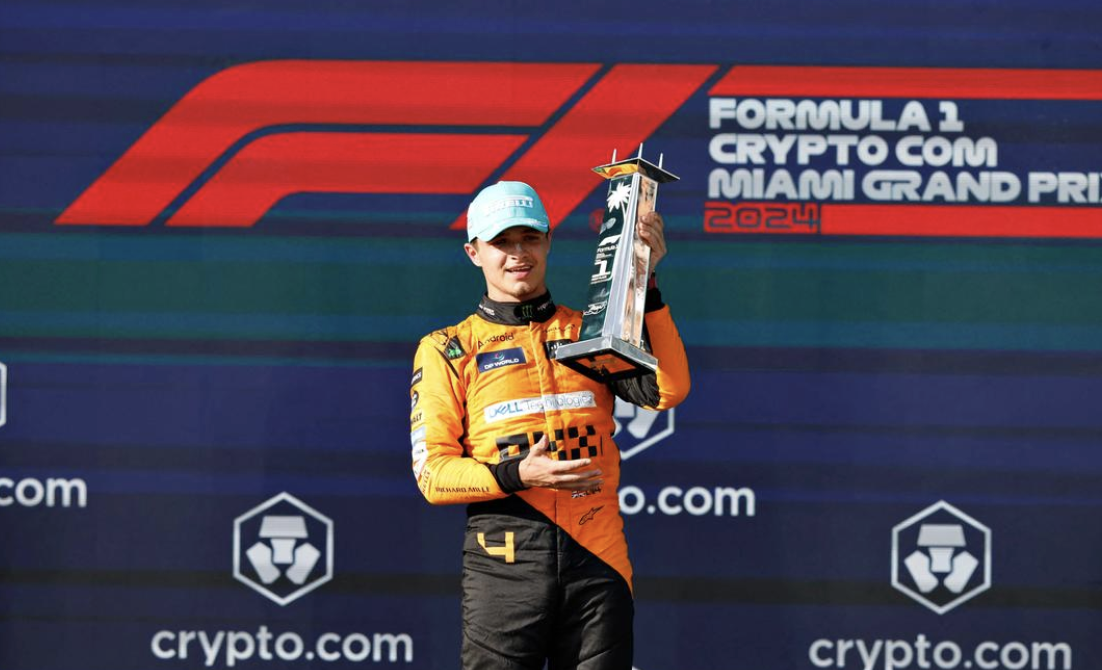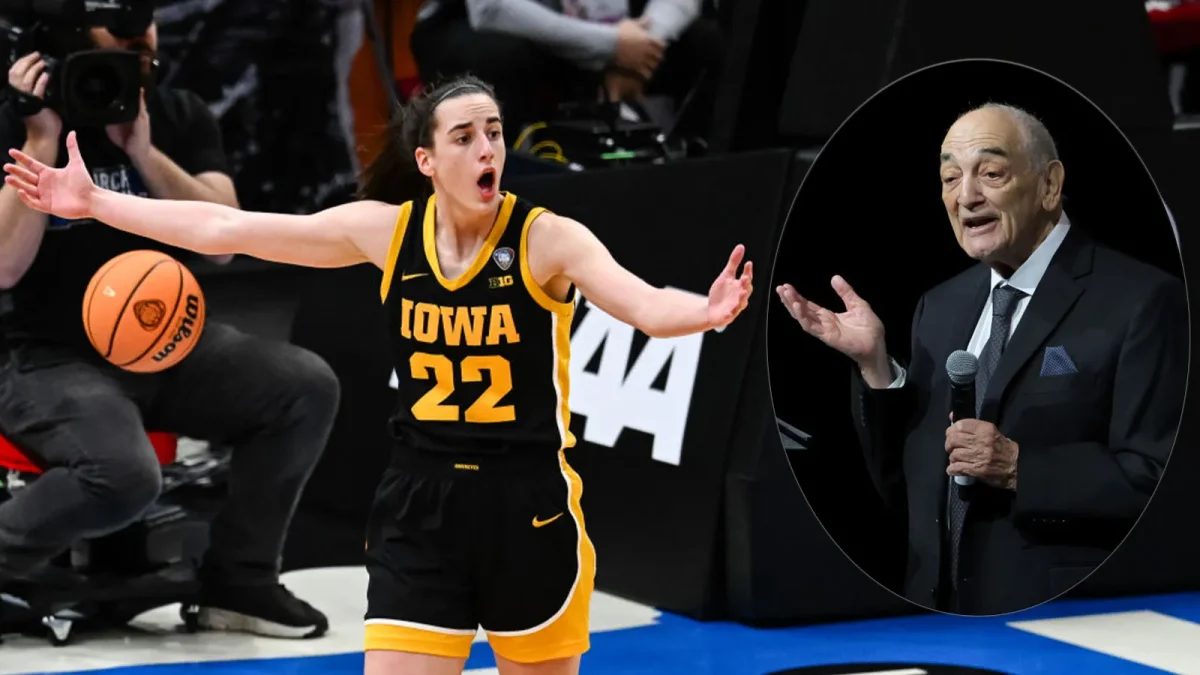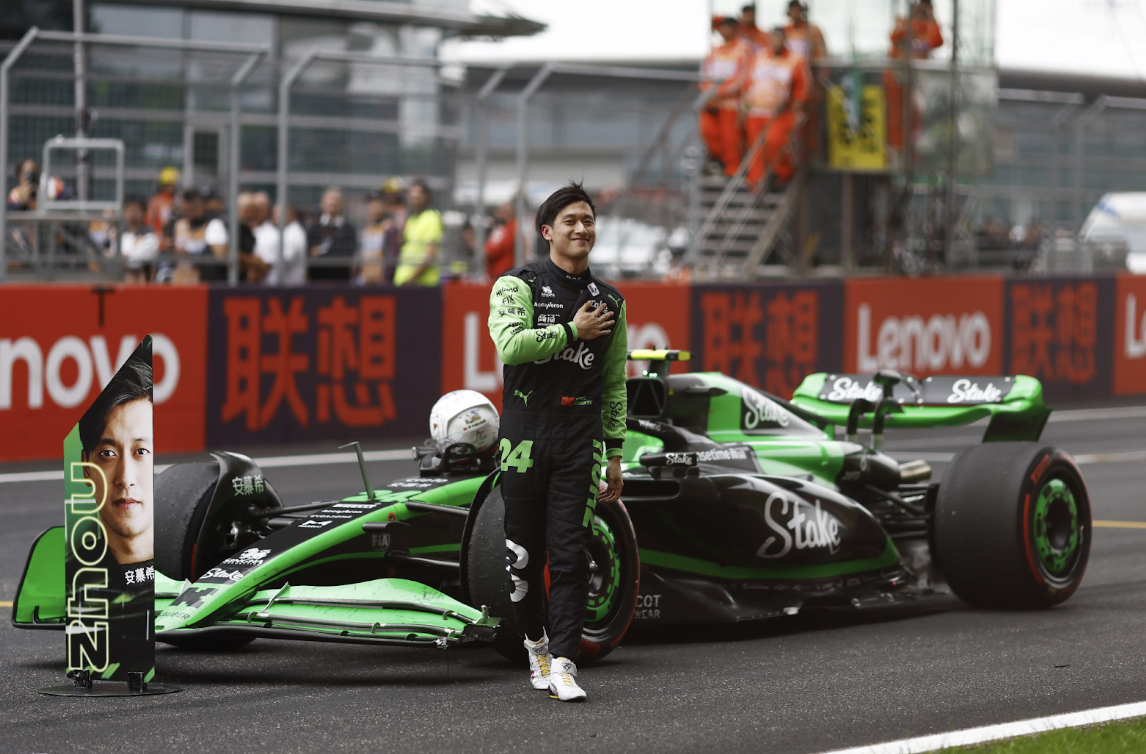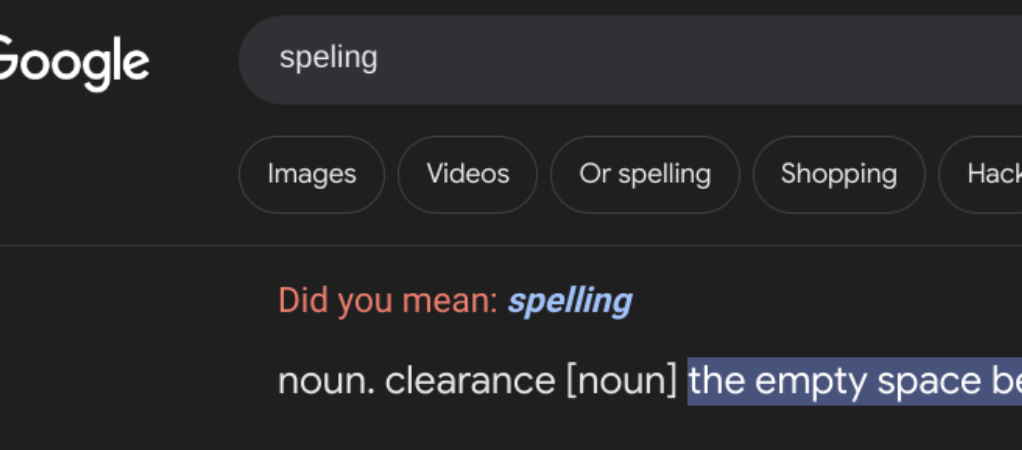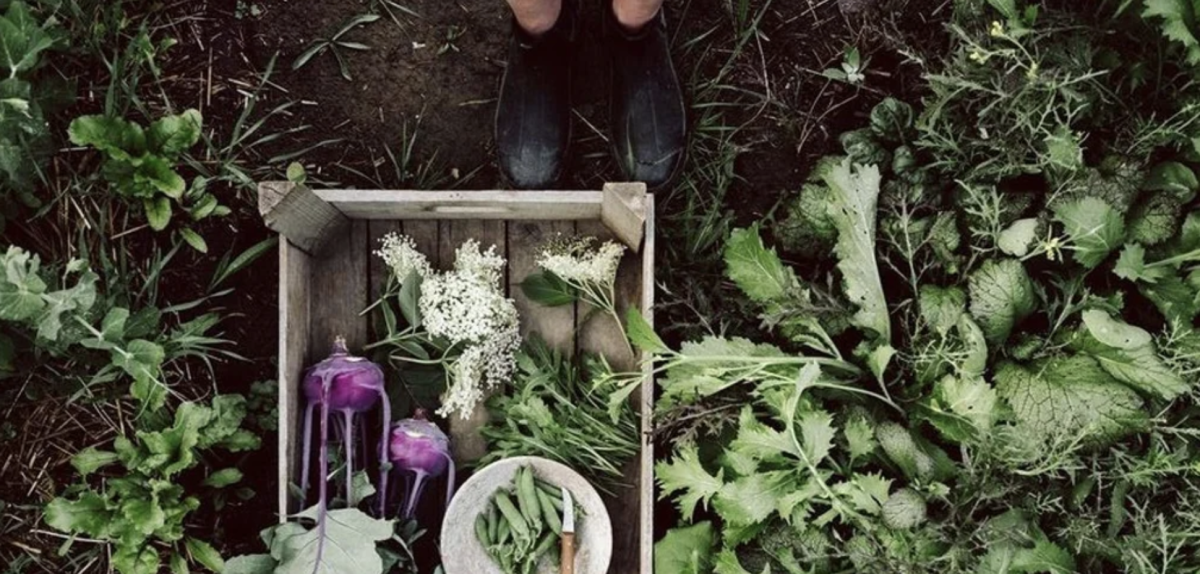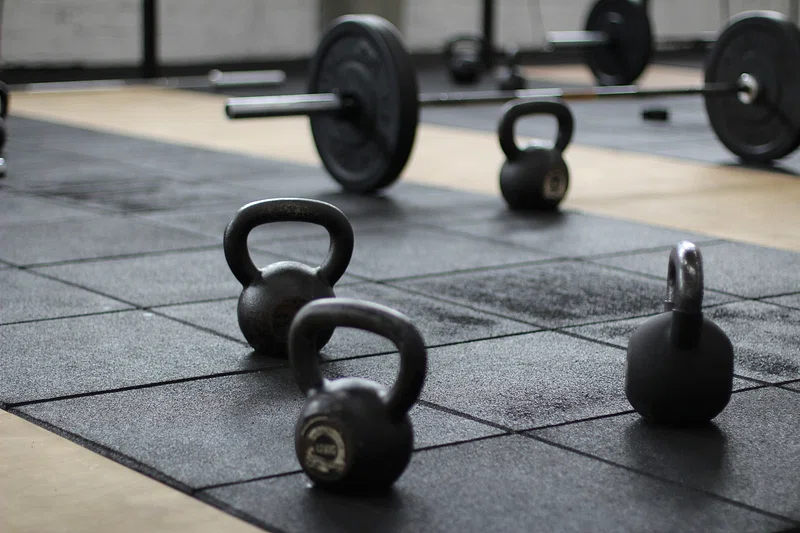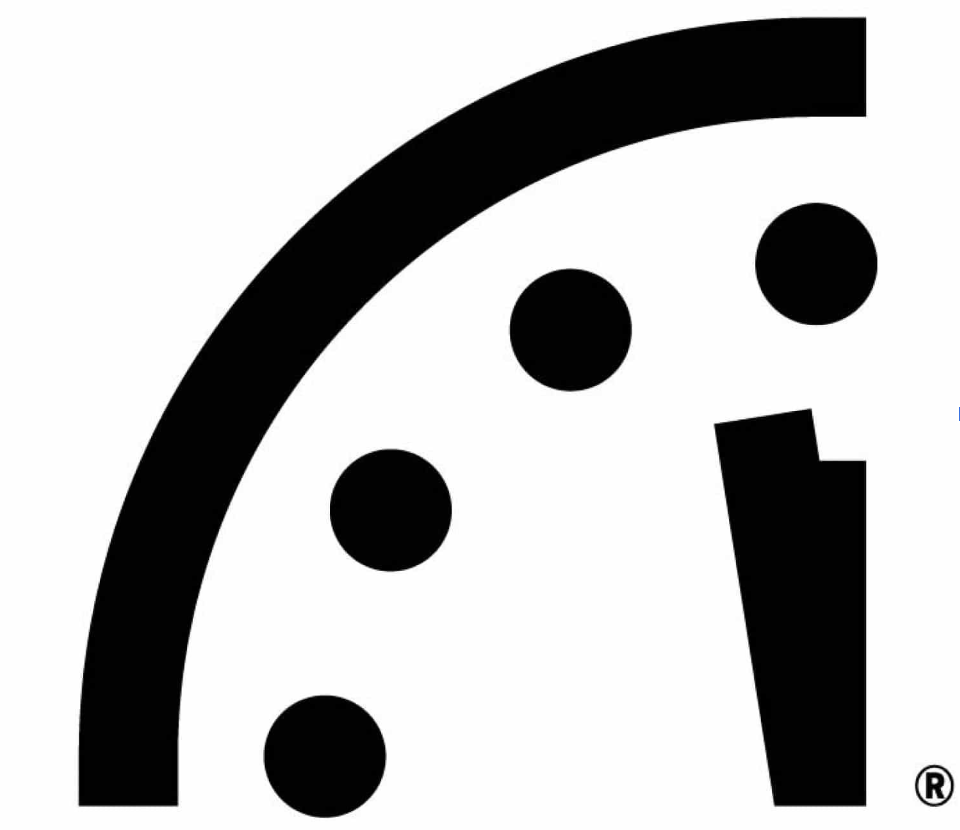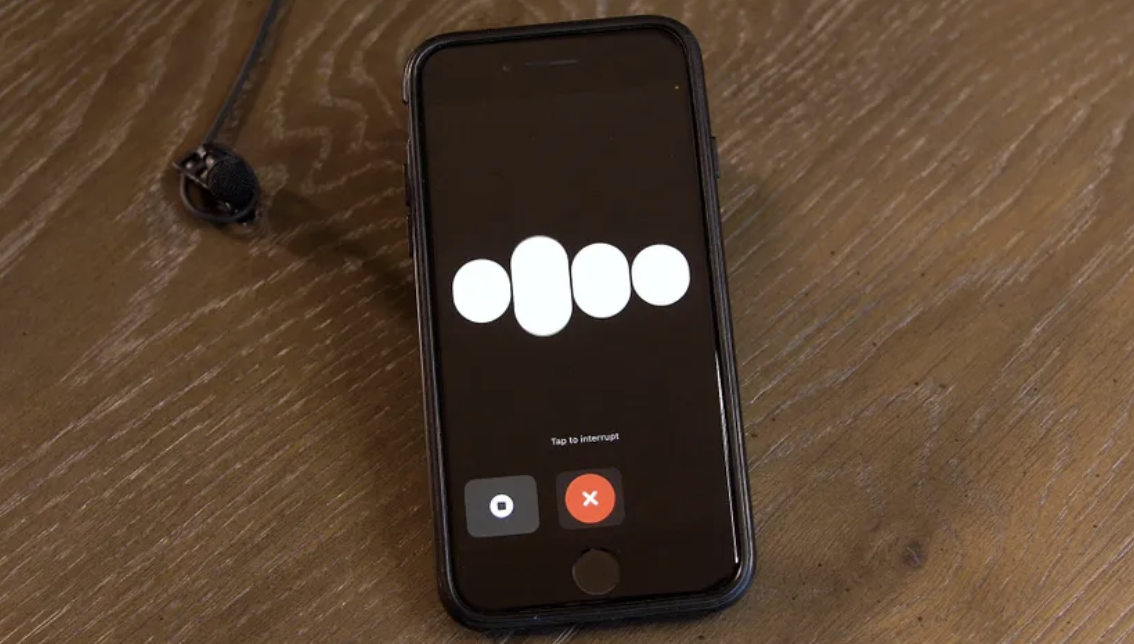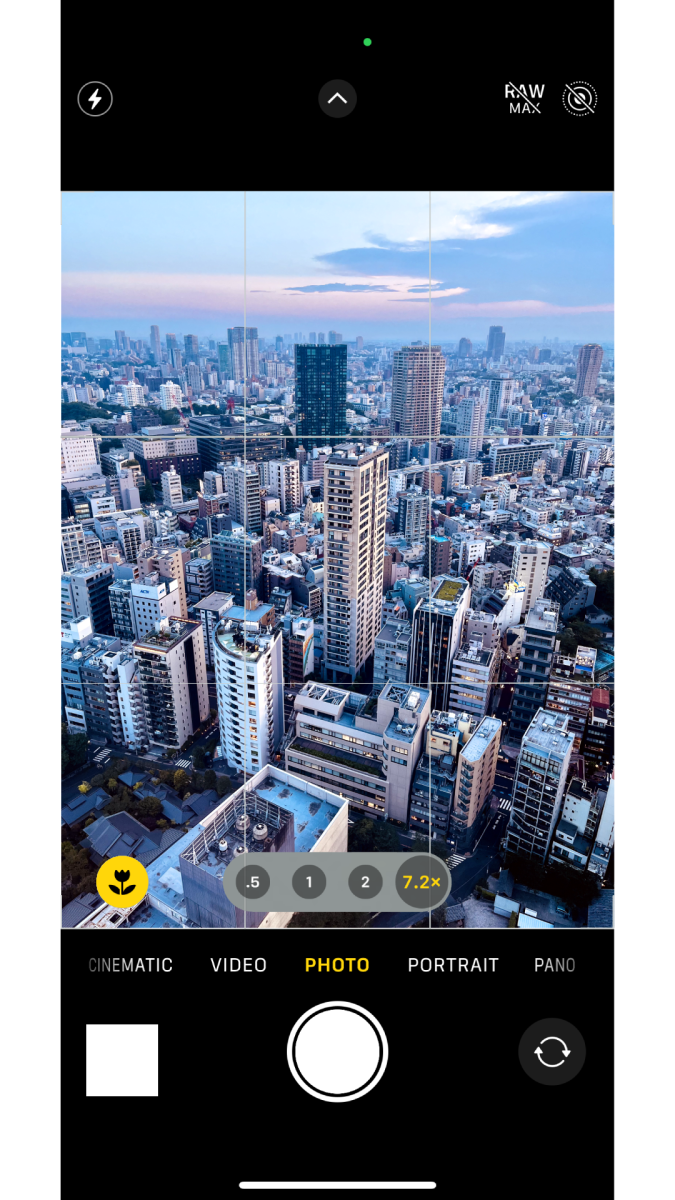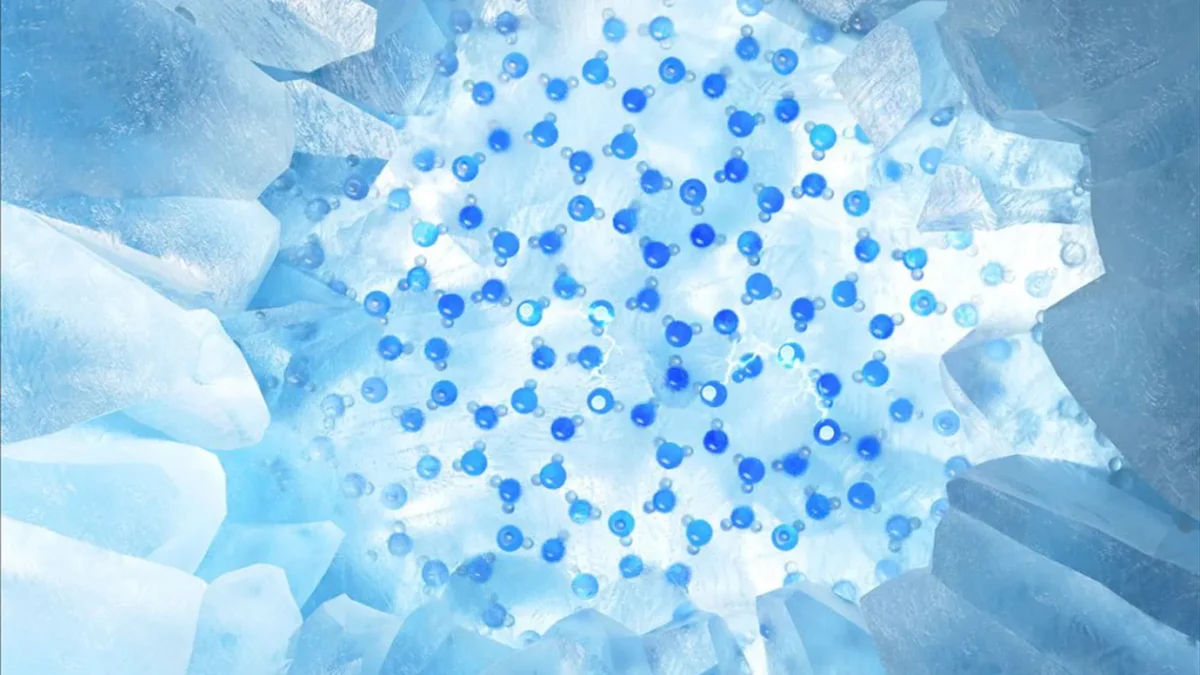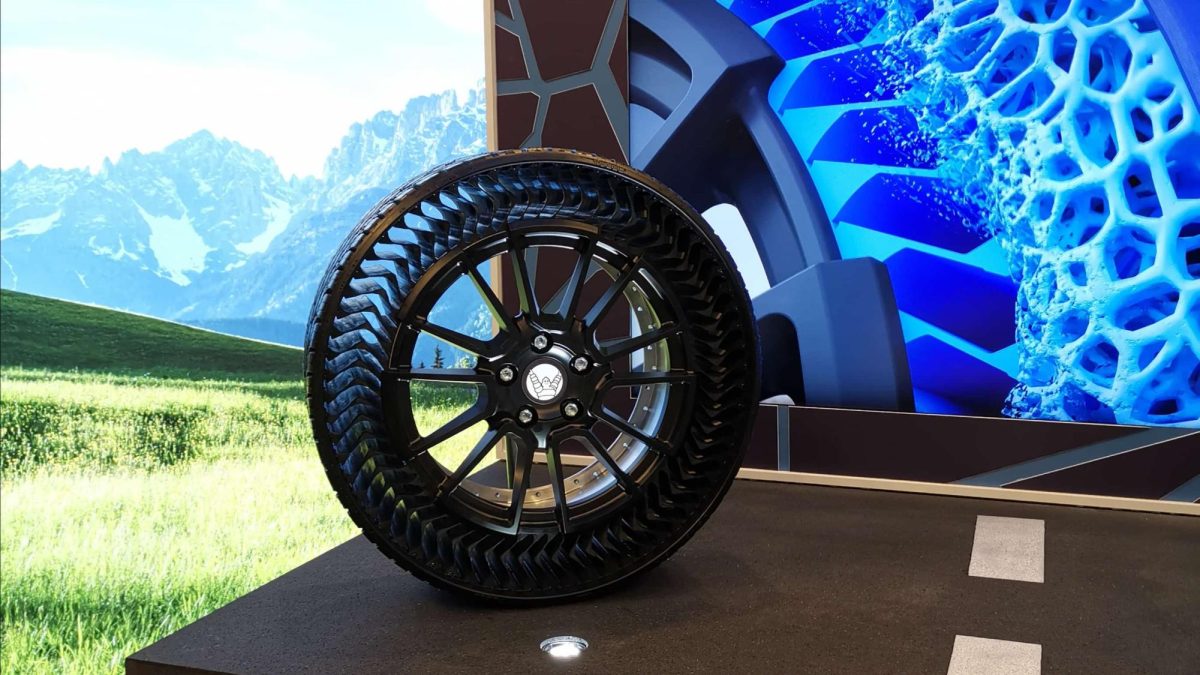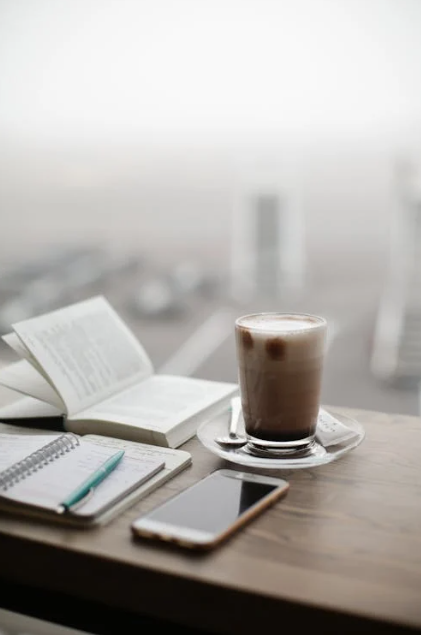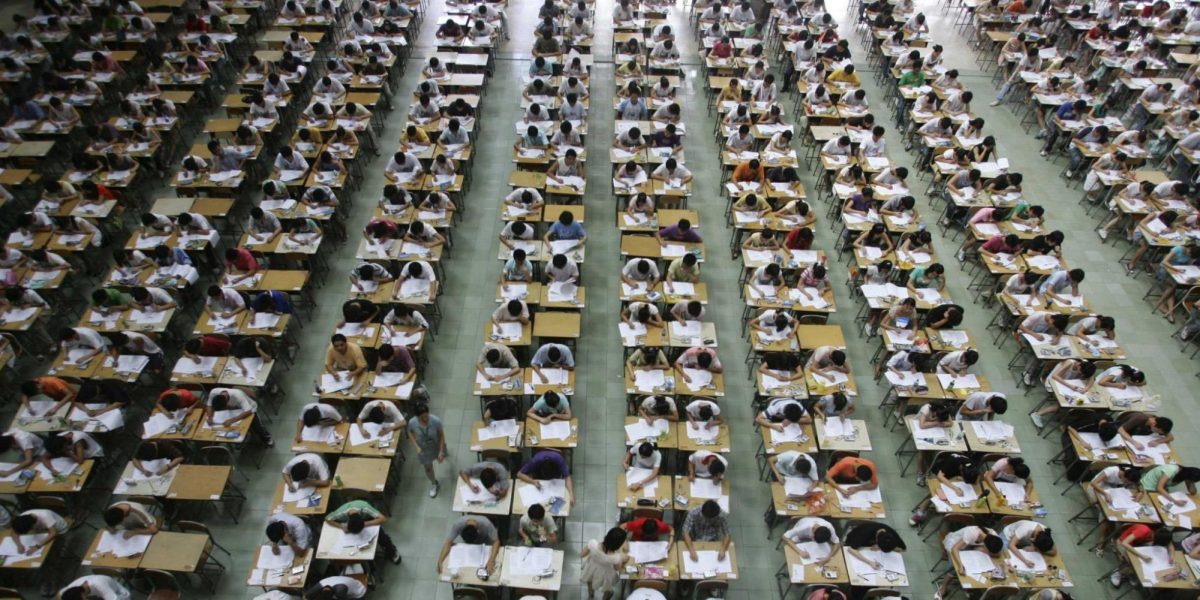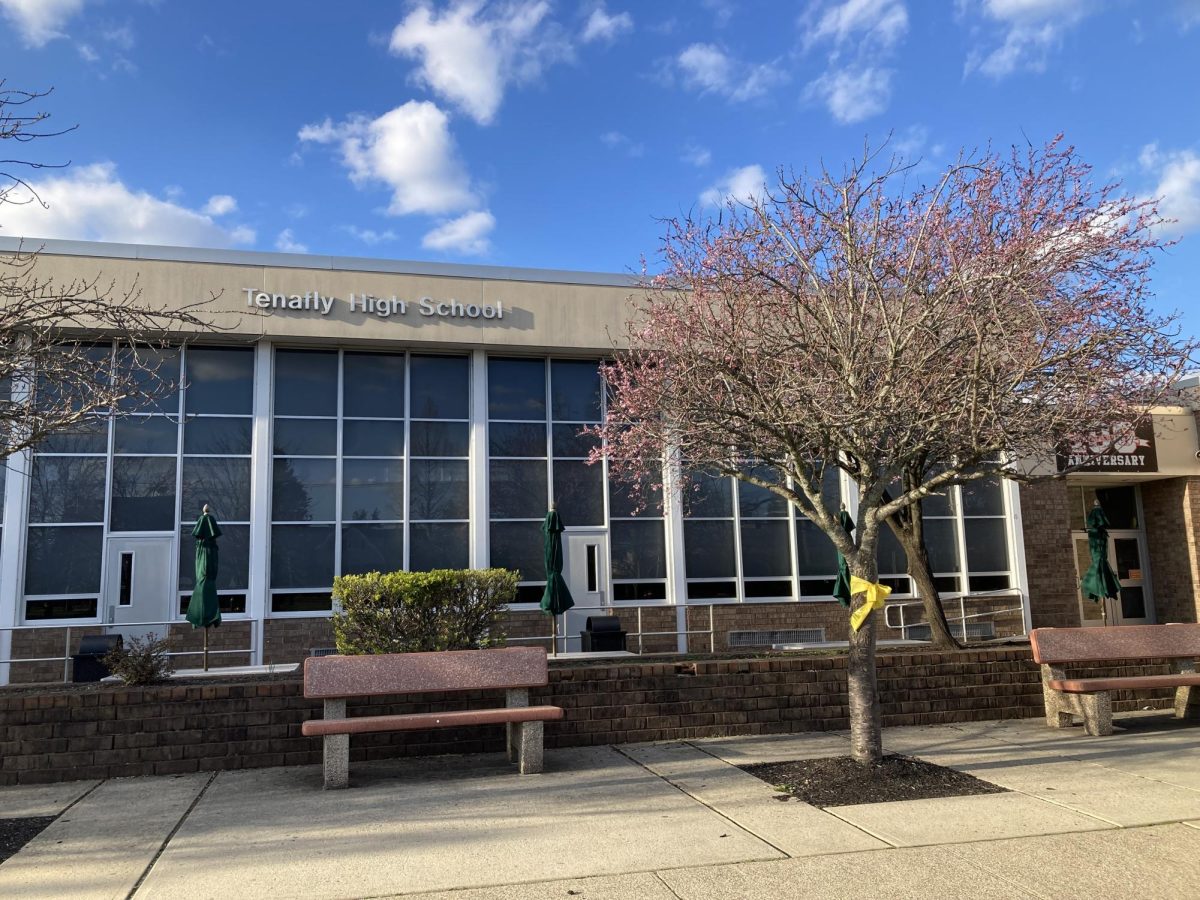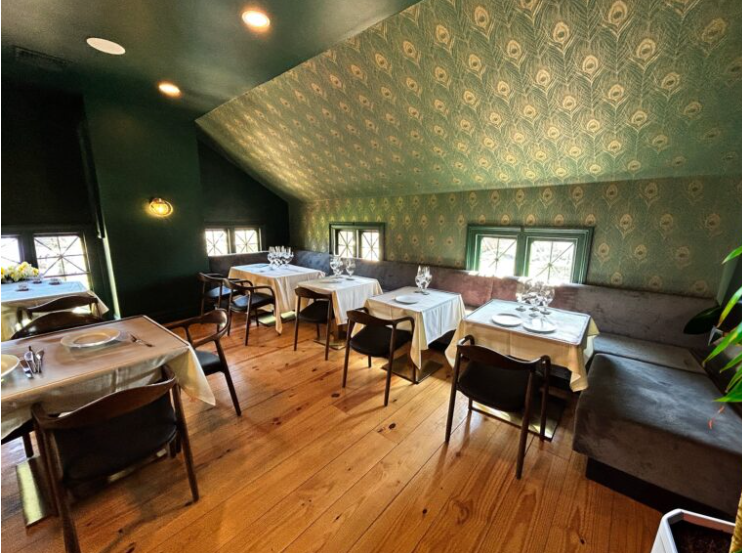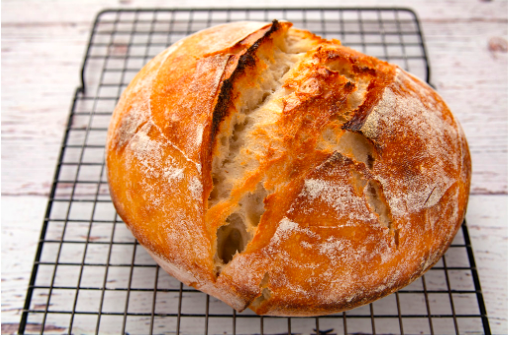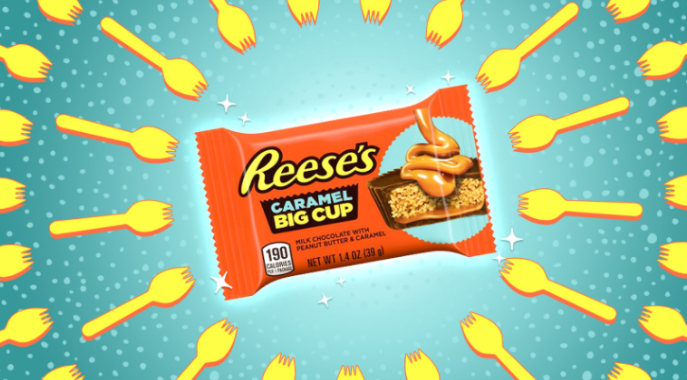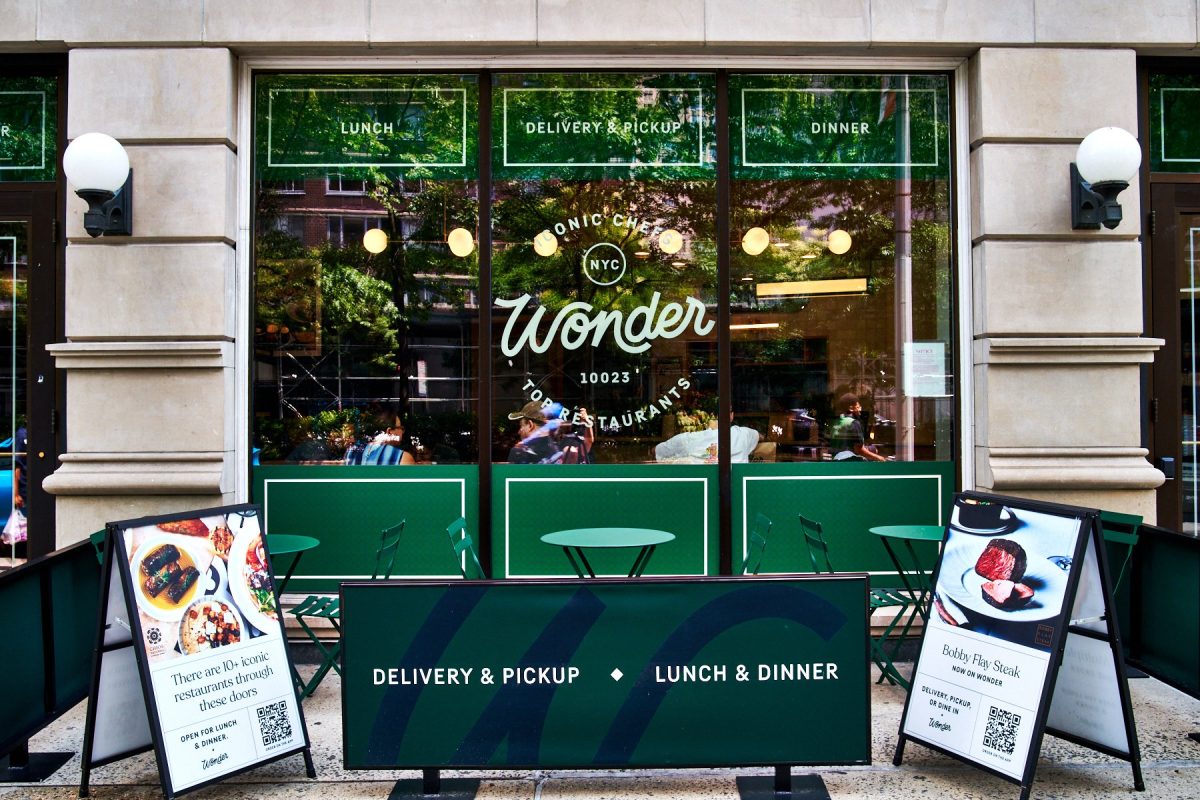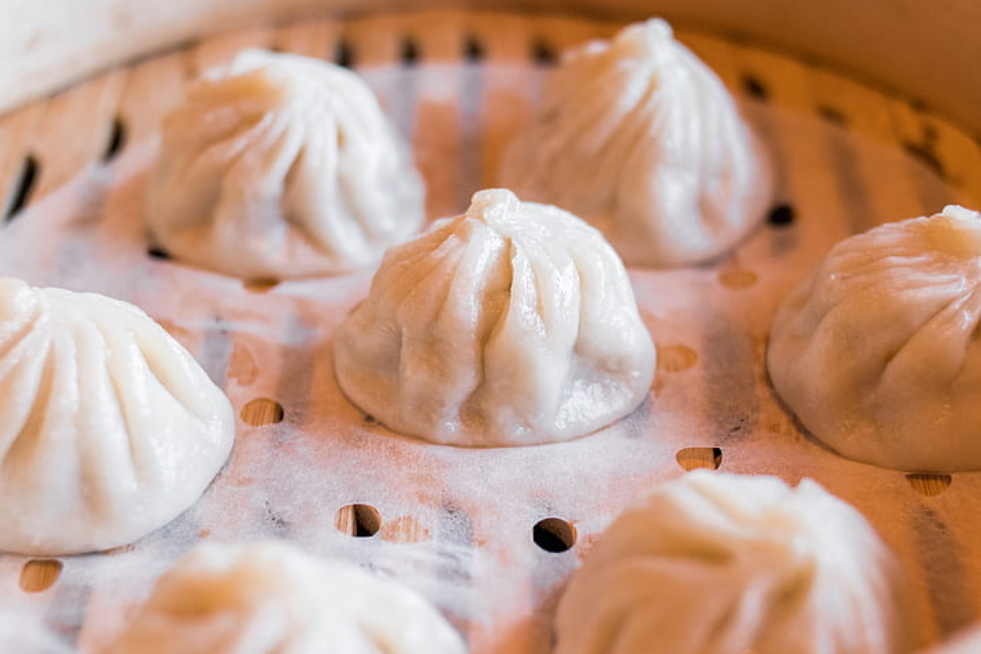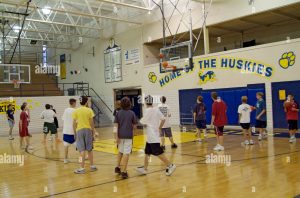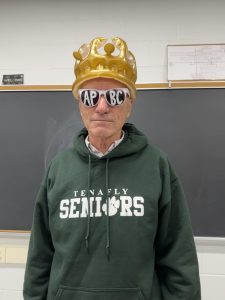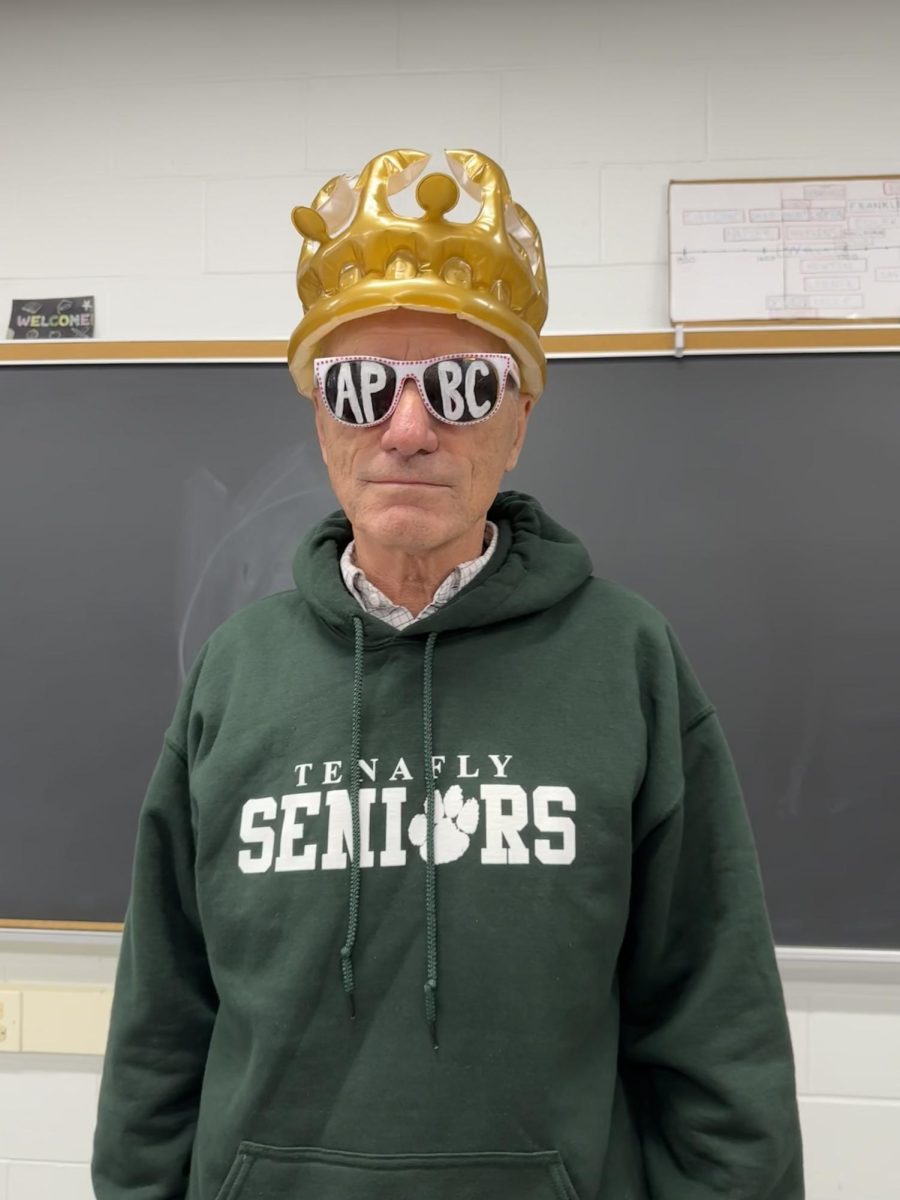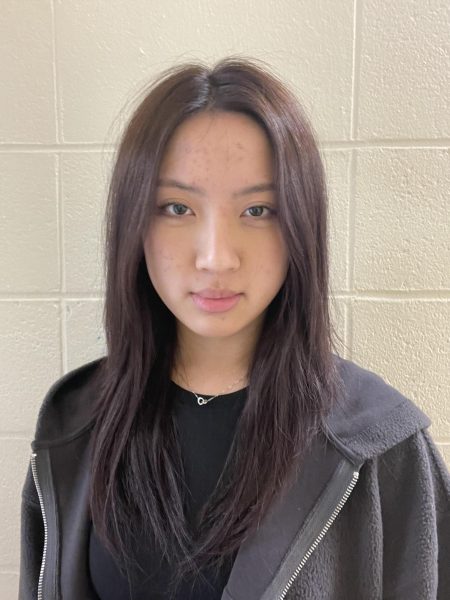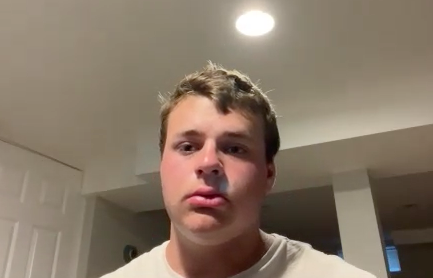
In May, Alexander Loffe (’24) designed Recreator, nicknamed Rex for short, in Mr. Hubbard’s engineering lab. Rex melts recyclable plastic bottles into 3D printing material to reduce plastic waste and promote recycling.
Described by Hubbard as a “super maker,” Loffe is “always in the engineering lab, thinking up all kinds of different things.” Loffe has always held an interest in recycling and reusing. Throughout his four years of high school, his passion grew progressively, eventually leading to his final project, Rex. Rex is poised to become another milestone in the lab and inspire the incoming underclassmen with the same passion.
Tell me about your project.
So, the Recreator is based on an old 3D printer that Mr. Hubbard had, and basically, it chops up any kind of plastic bottle. I’ve just been using liter bottles because it turns them into usable 3D printer filaments. So a lot of plastic bottles that you think you are recycling aren’t actually getting recycled. This is because of all the processes that it takes to recycle a bottle. If there’s any sort of sediment that can’t be recycled, it usually is just thrown out anyway. So, this is a fun way to recycle stuff on your own, and it’s not really that difficult. It is a little time-consuming, but I think, in the end, it’s worth it.
How does Rex function?
So, it’s basically three different systems all put into one machine. So the first system, the first step, is the bottle being pulled through a little blade on the inside. It just makes it so that if you pull the entire thing through, it will be a uniform width. Then, it pulls it through a hot end, which makes it the normal filament size. That way, you could use it in any printer. The third step is cooling it and then spooling it up. With one motor, it can cut it and pull it through the hot end. In one motion, it is able to fully turn the bottle into a roll of filament.
What inspired you to do this project?
In all my years of high school, a lot of my projects have focused on recycling. I did the science fair–that was my first recycling project. Ever since then, I’ve been trying to at least reuse stuff as much as I can on my own. And with this machine, at least I can leave it for the school to have. Hopefully, it’ll inspire others to take the same route.
For the science fair project, I did it with a friend, and we basically pulled people and tested different ways of incentivizing recycling. So you know how you can return bottles for 10 or 20 cents? We wanted to find out how often people would do that or what it would take for them to actually recycle consistently and not just leave it for others to do, making it something worthwhile and something that everyone could do.
I think there are definitely other machines that can recycle old plastic projects that can be used to create filament and print stuff like this with recycled filament. It’s a lot more fun than just buying filament on your own.
